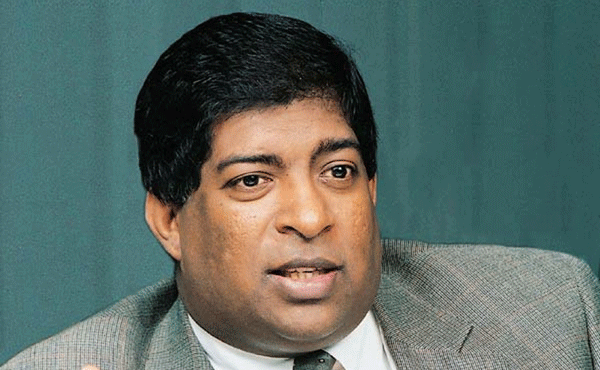Colombo, August 2 (NIA): The Sri Lankan Prime Minister, Ranil Wickremesinghe, will be announcing a Five Year Plan for the country in the next few weeks, the Sri Lankan Central Bank Governor, Dr. Indrajit Coomaraswamy, told the Sri Lanka Economic Summit 2016 here on Tuesday.
The Five Year Plan is expected to give the government, the private sector, and foreign investors and lenders an idea of what is being envisaged over a set period of time and invest the Sri Lankan economy with macro economic stability and predictability which it has been lacking for long.
The Central Bank Governor said that the government and his bank do not believe in quick fix solutions but in laying a firm foundation for sustained growth. The private sector, which is now groping in the dark because of policy uncertainties, will have a framework to work within. Fiscal consolidation will be given the highest priority, he added.
Coomaraswamy said that immediately after the end of Eelam War IV in 2009, the country developed rapidly to notch 8 percent growth, but this could not sustained because there was no structural reform. Credit growth was unbridled. But there is now attempt to rein it in through an increase in the interest rate by 50 basis points.
The Central Bank Governor noted that the rate of inflation in the Asian region is 2.5 percent, but he would recommend that Sri Lanka aim at an inflation rate of 5 percent. While depreciation of the currency has its benefits, long term good will come from increased productivity and exports. Exports are essential for Sri Lanka given the fact that its domestic market is too small to sustain growth. Presently, exports account for only 12.8 percent of the GDP and this is far too small. In this context he welcomed the proposed trade and investments pacts with India, China, and Singapore, which will help attract investments and boost exports.
Investment in Sri Lanka is around 30 percent of the GDP but the country should aim at taking it to at least 35 percent. An encouraging sign is that foreign money which had left the country has started coming back. But market capitalization, at 25 percent, is too low. It should be at least 30 to 40 percent, he said.
While the unemployment rate is low in Sri Lanka, the employment is not gainful. The Rajapaksa government created jobs but mainly in the public sector and not in the private sector – 400,000 public servants were recruited.
And while the 1.8 million Sri Lankans who are working abroad are sending remittances, they should ideally be getting jobs in their own country and the government should generate jobs for these people, Coomaraswamy said.

Finance Minister Ravi Karunanayake said that simply saying that Sri Lanka is strategically located and therefore it will grow, will not produce results. The government and the private sector must take much greater risks than they have been so far. The reliance on the government should lessen, for ideally, the government’s role should be to set the fiscal and monetary framework and be a regulator rather than be the producer of goods and services.
The Minister went on to say that the government will include the private sector in policy making so that the entrepreneurs have a sense of ownership of national policies. For this the entrepreneurs should learn to unite and speak with one voice, he said. Karunanayake warned that if the local private sector fails to rise to the occasion, the country will have to turn to foreign investors.
President Maithripala Sirisena and Prime Minister Wickremesinghe may have different policy orientations, but they have come together to frame national policies, Karunanayake said. The government has cut down government expenditure. For instance, in highway construction, the government has brought a 22 percent reduction in expenditure per kilometer. There have been savings in water works too. The Minister further said that there has been a 36 percent increase in revenue collection in 2016 so far, as compared to last year.
President Sirisena, who inaugurated the summit, said that small and medium industries must be developed and Trincomalee’s potential as an attractive tourist destination must be fully exploited.




























































